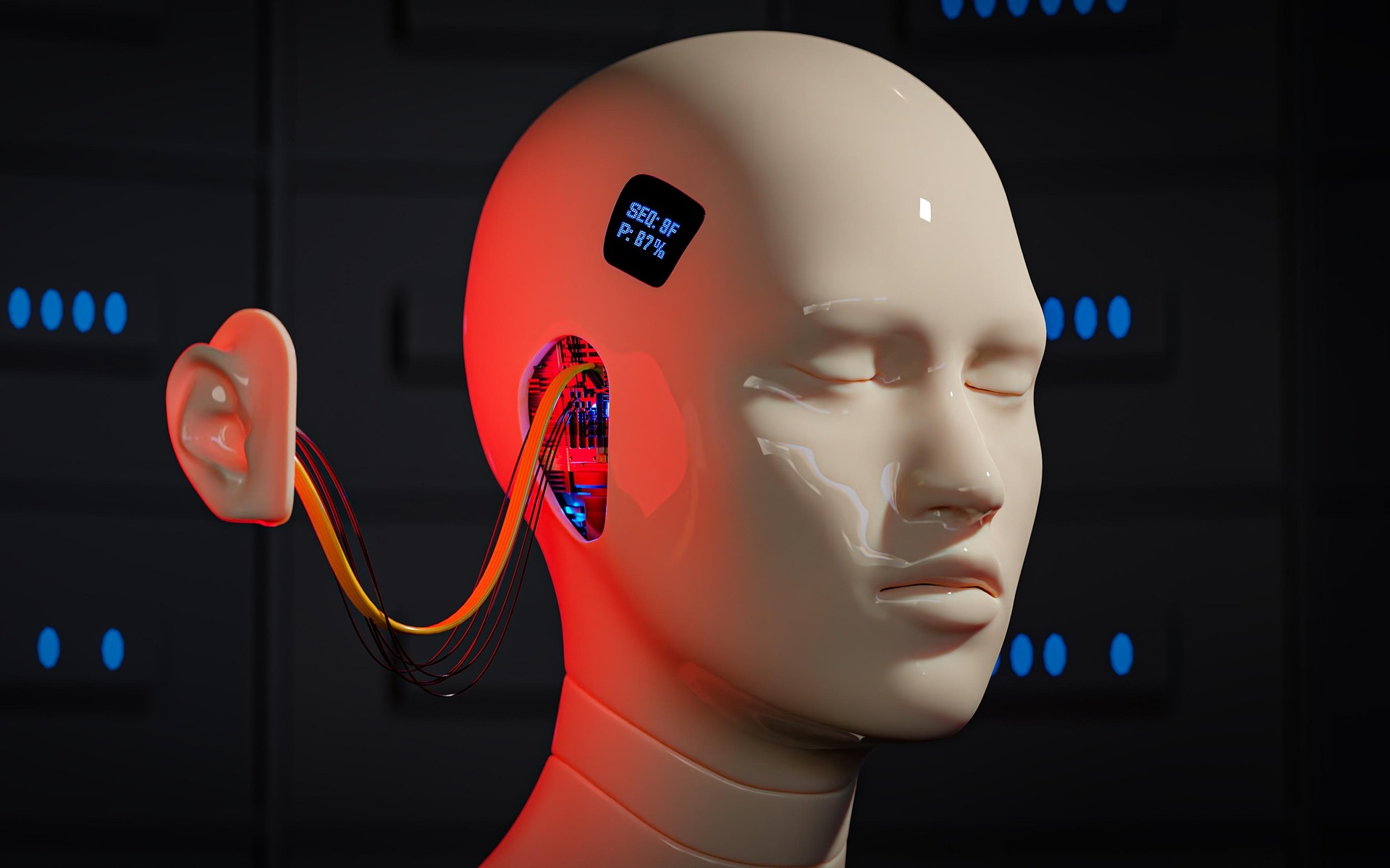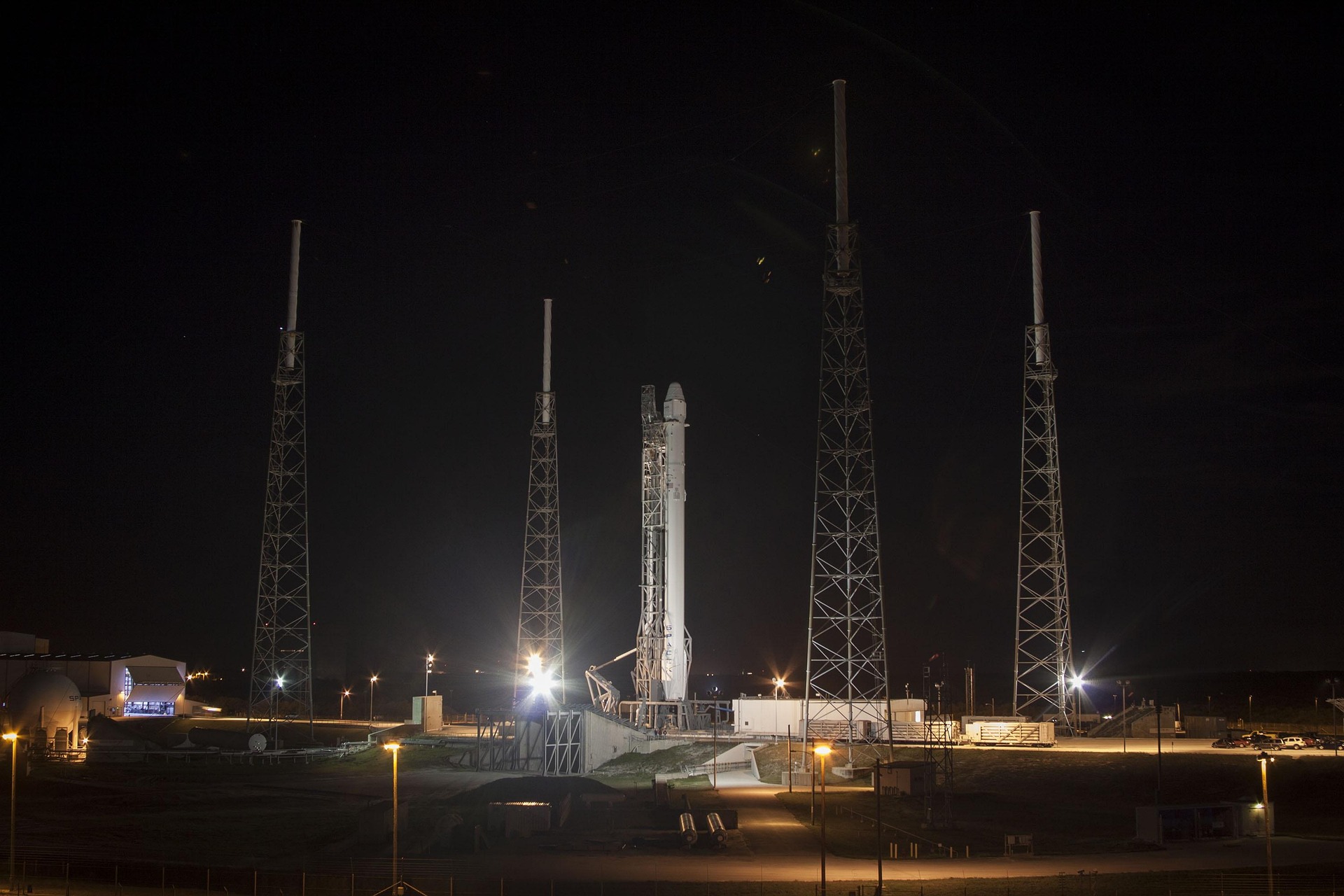In 2025, humanoid robots are making their transition from research labs to active roles in manufacturing, marking a major evolution in industrial automation. Companies such as Boston Dynamics, Agility Robotics, and Figure are at the forefront of this transition, deploying advanced humanoid robots in factory settings to enhance workplace efficiency and safety. Boston Dynamics, for instance, is set to introduce its all-electric Atlas robot into a Hyundai factory, making it the first commercial application of this technology in manufacturing.
A new kind of industrial worker
These humanoid robots are built for tasks requiring human-like dexterity and adaptability, such as lifting heavy or awkward objects, navigating tight spaces, and performing repetitive actions that demand fine motor skills. Their versatility is crucial as industries grapple with labor shortages and a growing need for automation. According to a 2024 Goldman Sachs report, the market for humanoid robots is predicted to reach $38 billion by 2035, reflecting their increasing potential to reshape the manufacturing landscape.
Safety and reliability concerns
Despite their promising capabilities, the integration of humanoid robots raises significant concerns, particularly around safety and reliability. A recent incident in China, where a humanoid robot malfunctioned and reportedly attacked factory workers during a test, has heightened fears about the risks associated with these machines. Experts are urging caution and the development of robust safety protocols and regulatory frameworks before widespread deployment. The safety of both human workers and robots remains a pressing issue, especially as these machines become more autonomous and integrated into complex work environments.
Job displacement and the future of human labor
Beyond safety, the rise of humanoid robots in the workforce brings forth broader concerns regarding job displacement. While proponents argue that robots will create new roles in areas such as maintenance, monitoring, and programming, critics fear significant job losses in sectors like manufacturing, logistics, and warehousing. The potential for widespread automation to displace human workers is a challenge that governments and industries will need to address.
To help workers navigate this changing landscape, initiatives are underway to prepare the workforce for a future that includes collaboration with robots. For example, U.S. Secretary of Commerce Howard Lutnick has emphasized the importance of retraining programs and the establishment of social safety nets to support those whose jobs may be impacted by automation.
Striking a balance between progress and ethics
As humanoid robots become more common in manufacturing and other sectors, striking the right balance between technological progress and ethical considerations will be crucial. Ensuring that these robots are safe, reliable, and integrated fairly into the workforce will be essential for creating a future where humans and robots can work together productively and harmoniously. Thoughtful regulation, training, and a commitment to workforce sustainability will be key in navigating the challenges and opportunities of this technological revolution.





